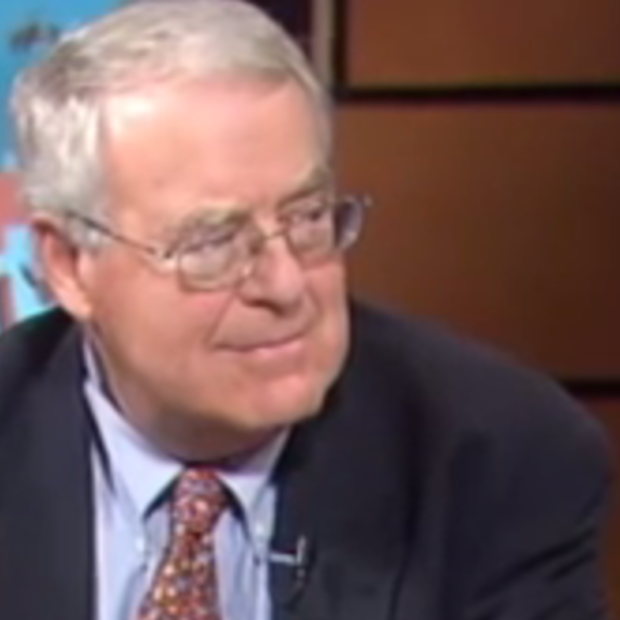Last Friday afternoon turned out to be more pleasant than the weatherman had predicted. Good time for a bike ride. What better than to spin over and have a look at now-famous Northeast 125th Street from Roosevelt to Lake City Way, where the funnel cloud of the road-diet debate touched down over the last two weeks.
It wasn'êt just Nicole Brodeur'ês column, Erica Barnett'ês chippy rejoinder, Joni Balter'ês editorial comment, or the frenzied rugby scrum in all the ensuing online commenting that motivated a site visit.
There was also the added attraction of Flicker documentation of the local pavement condition. Was it that bad?
And finally, there was this observation from a friend'ês musing into the realm of data-in-juxtaposition. After the SDOT-proposed Northeast 125th road diet re-stripe from four lanes to one lane in each direction and a center turn lane, this road, according to SDOT, would have a capacity of 22,000 vehicles a day. That couldn'êt be much closer to the 21,766 average weekday boardings that Sound Transit recently reported for Link Light Rail for the second quarter of 2010 (March to July). Northeast 125th after a road diet and Link Light Rail: separated at birth?
After pedaling over from a quick sojourn to Carkeek Park, the ride down Northeast 125th to Lake City Way from Roosevelt and back to 15th Avenue Northeast proved moderately instructive. Traffic on Friday afternoon wasn'êt overwhelming the road, but it was moving pretty fast. The pavement isn'êt too good. But any regular cyclist or car driver in Seattle sees much, much worse; bad pavements just about everywhere in Seattle are a huge impediment to comfortable and safe cycling or driving.
The drain grates along the curb are the notorious wheel-grabbers that threaten catastrophe to inexperienced or inattentive cyclists. The grates would have to be changed if this were a bike lane. The 'êmonster hill'ê — now of media renown — up towards 15th I can testify is rideable, though tough. If I did it every day I'êd like to be 35 years younger or have a bigger rear cog and a lower gear.
The intelligence I later gathered at a local bike shop was that the hoopla about the bike lane is mostly an unnecessary and artificial contrivance of cars versus bikes media/political hype — from all sides. The "road diet" on Northeast 125th is really about improving the flow, behavior, and safety of car traffic. Bike lanes on the road are mostly beside the point. Cyclists in the area today know and regularly use other and better routes.
More intelligence gleaned from Friday evening dinner guests: the re-striping on Fauntleroy Way in West Seattle is working out pretty well. That confirms my own first-hand bike-ped-transit rider and car passenger observation of Phinney-Greenwood. All in all, I like the idea of road diets in the right places, although I think the moniker is pretty lame in conveying their potential virtues.
It certainly rings true that a cars-vs.-bikes canard wraps us around the axle just as unhelpfully as the roads-vs.-transit debate of unceasing boom-box annoyance and minimal salience. They both drown out badly needed analysis about how the transportation assets of our pavements bequeathed from yesteryear can best be used for today'ês transportation needs and tomorrow'ês transportation technologies. It would be pretty surprising, indeed, if the best answer lay in trying to use them forever in the way they were envisioned when first laid down decades ago. Are you using that rotary telephone much these days?
And if road dieting suggests that transportation systems in tight times should be counting carbs and watching calories, it is worth noting that Sound Transit Link Light Rail's performance, now on the scale of a presumed capacity of Northeast 125th after a road diet, has cost something around $2.5 billion to build. And on top of that, to run it consumes a subsidy from sales taxes in the neighborhood of $125,000 a day.
Now there'ês a waistline (an unintended pun?) worth watching.


